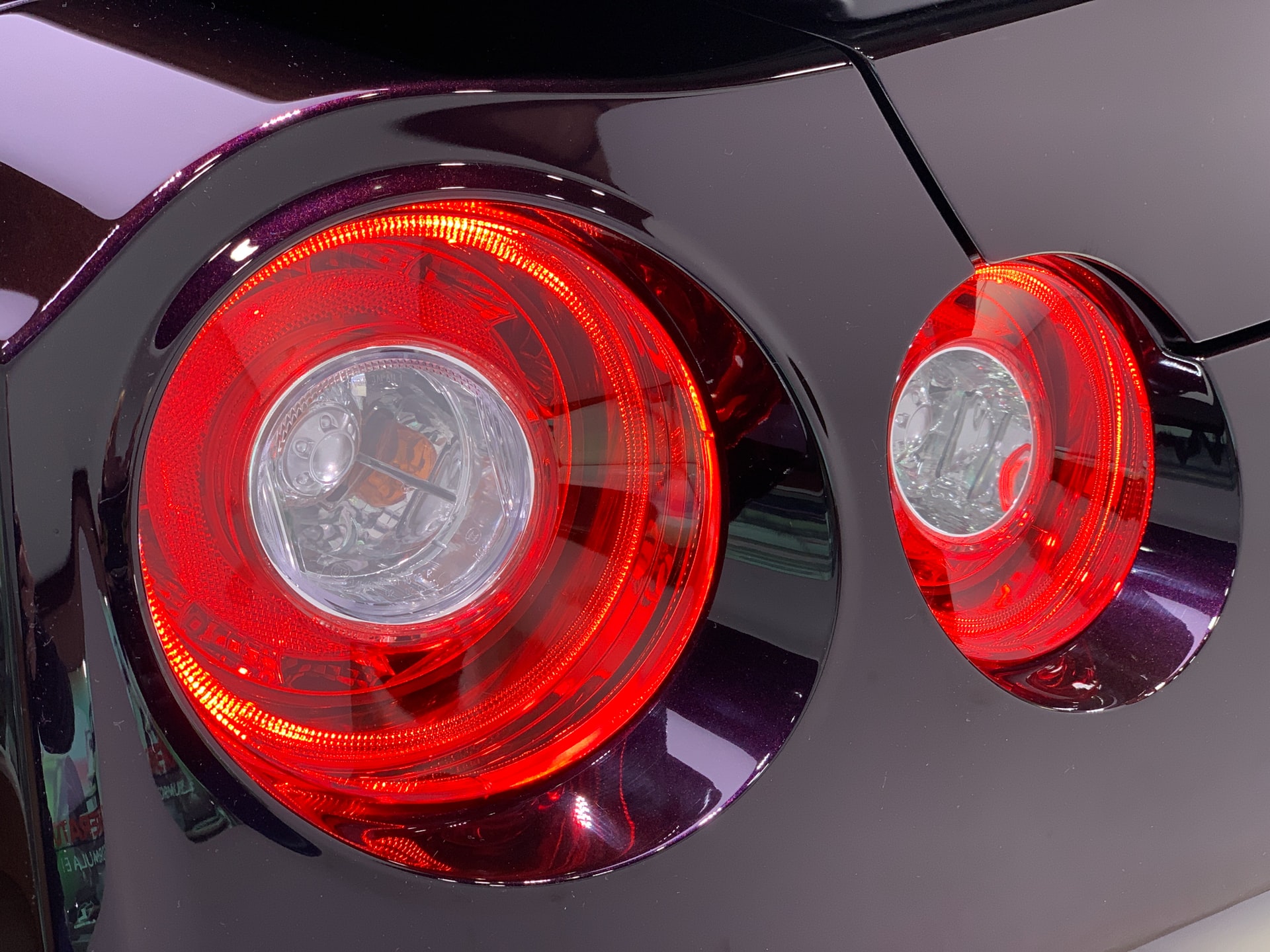Race cars are known to hit record-breaking speeds on any given day. While this is something to marvel at, it also threatens the driver, especially if he hasn’t gotten in the groove yet of driving fast cars. Fortunately, race cars have different car braking systems to ensure that the driver will still be able to slow down and control the vehicle.
Suppose you’re planning to buy and drive a race car anytime soon. In that case, you may need to know more about the braking systems of race cars for your safety. You have to understand how different car brake pads and systems work. For that purpose, here’s an article to guide you. So, read on!
Types of Brakes
1. Formula 1 Car Brakes
Like in road cars, the braking systems of F1 race cars cover all four wheels. Two master brake cylinders function for the front and rear wheels. These brakes work when the driver steps on the brake pedal and activates fluid pressure.
Front brakes bank on the calipers as it applies the necessary fluid pressure to clamp against the disc. On the other hand, the wheels are slowed and stopped by the friction of the brakes, engine braking, and electrical braking.
What makes F1 car brakes extra unique are the following features:
- Superior Brake Pads
The brake pads in F1 cars provide better friction compared to streetcars. They’re also lighter and more manageable. In many cases, they can withstand high temperatures up to 900°C. This way, it prevents the brake pads from catching fire due to extreme friction. Keeping these components in good condition helps the race car maintain its shape. However, these brake pads are designed to last only up to 800 km.
- Better Brake Calipers
Much like the brake pads, F1 brake calipers are lighter than traditional calipers. They also withstand extreme heat and also don’t last long.
- Top-Of-The-Line Brake Fluid
Most F1 cars use RF-650. This brake fluid can function well up to 323°C dry boiling point. They also keep the braking capacity of your pads excellent. However, they’re more expensive compared to standard brake fluids.
- Anti-Lock Brakes
Some F1 race cars have anti-lock brakes to avoid skidding. Such a feature allows the driver to steer to safety. In most cases, race car drivers can control these features with proper brake pressure as they’re often built-in or pre-installed.
- Regenerative Braking
F1 race cars can store heat energy produced during the braking process, apart from their various braking features. As a result, the system turns the heat energy into electrical power that the race car can use when it needs a sudden speed boost.
2. NASCAR Brakes
NASCAR cars use disc brakes on all their four wheels. They have rotors made from magnetic cast steel or iron in many cases. They typically have a diameter of 12.72 inches. Compared to F1 race cars, they have restrictions and make-up of the brake calipers. These parts shouldn’t have more than six pistons for the front brakes and shouldn’t exceed four pistons for the rear.
In choosing a brake pad for a NASCAR car, the team behind the race car considers the type of track and the road courses to brave. If the road course has a lot of turns, curves, and braking, the team chooses brake pads with smaller rotors to allow better air cooling. On the other hand, the team may switch to thicker rotors in straightaway courses.
3. Hydraulic Braking
Hydraulic braking works because of the friction caused by brake fluid and cylinders. In many cases, this braking system uses diethylene glycol or glycol ethers to enable the brake pads. Its braking force is also powerful and works almost instantly.
Most modern cars fit hydraulic systems because they’re easier to function and fix than their counterparts. In this breaking system, brake failure is low because of the direct connection between the actuator and the brake drum or disc. Some F1 cars use a hydraulic braking system similar to road cars. The main difference may be the quality of the components used and the separate hydraulic circuits.
4. Mechanical Braking
This braking system contains different mechanical linkages, such as springs, rods, and fulcrums, that connect the brake pedal and the end brake rotor. While some classic race cars still have this braking system, most cars today shifted to other modern braking systems.
Wrapping Up
A race car’s braking system can make or break its performance. For that reason, the driver and his team should know what to look for in every braking system. Suppose you want to know more about race car braking systems and understand how each works. In that case, you may need to read this article or do more research before settling on a brake pad, rotor, and caliper that will help maneuver your race car from start to finish.







